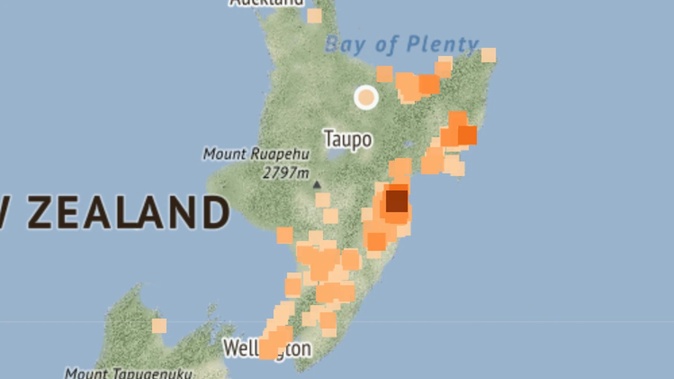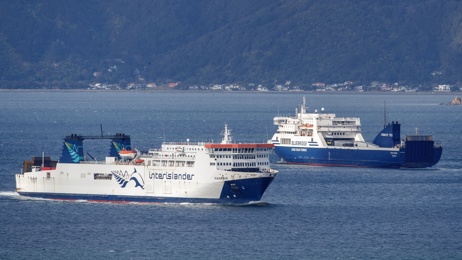
A magnitude 4.5 earthquake that was centred in Rotorua was felt widely in Hawke's Bay on Sunday night.
But, weirdly, no one in Rotorua felt it at all.
More than 1100 people as far south as Wellington reported feeling the quake at 11.09pm.
But despite the fact it struck 10km east of Rotorua, the felt reports to Geonet were particularly concentrated in Hawke's Bay.
Many in the Hawke's Bay region also got a Google Android alert because of the widespread shaking, which was more of a long wobble than it was a jolt.
GNS Science duty seismologist Elizabeth Abbott says the reason Hawke's Bay felt it while those under the quake's epicentre slept through it can be explained by the depth, and the geography of the North Island.
"It's an interesting phenomenon that happens with deep earthquakes under the North Island," Abbott says.
She says deep North Island quakes, like Sunday's quake, often produce little shaking near the epicentre.
This phenomena has been spotted before - on a 4.9 quake that struck Bay of Plenty in 2018.
It occurs because the quakes are so deep that they are taking place on a rock hard subducting slab of the Pacific Plate, Abbott says.
Above the Pacific Plate (but still under Rotorua) is what's known as "mushy rock" - a mixture of rigid and molten rock defined by the region's volcanic underbelly.
"Rigid rock is better at transmitting earthquake waves than mushy rock," Abbott says.
"The energy that travels straight up to the surface from 150km depth has to travel through the softer, semi-molten rock, which 'dampens' the waves. This means that fewer people around the epicentre will feel these types of earthquakes.
"So when an earthquake happens in or near this slab of subducting plate, most of the quake's energy (and therefore shaking) travels up and along the slab to the surface."
It just so happen that the surface of the Pacific Plate is located closer to the East Coast of the North Island.
This makes our rock harder than the Bay of Plenty's, but it also means that there's every chance we'll keep feeling Rotorua's deep quakes for them.
Take your Radio, Podcasts and Music with you








